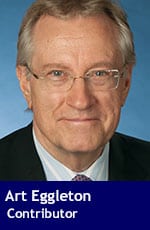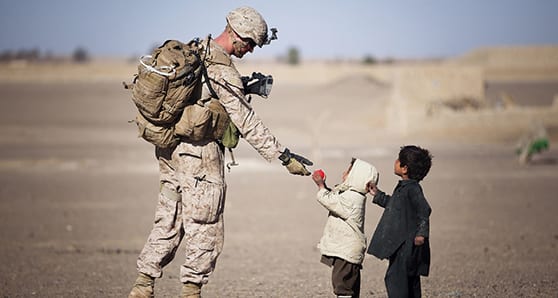 U.S. President Trump is complaining about Canada and other allies not spending enough on their military operations. This brings into play the NATO goal of each country spending two per cent of gross domestic product (GDP) on defence.
U.S. President Trump is complaining about Canada and other allies not spending enough on their military operations. This brings into play the NATO goal of each country spending two per cent of gross domestic product (GDP) on defence.
Aside from the ridiculous new idea of doubling that goal, there are two problems with this two per cent of GDP figure. First, meeting it would increase defence spending by approximately two-thirds in Canada. Secondly, it’s the wrong measurement for capabilities and contributions to NATO.
A two-thirds defence expenditure hike would necessitate either substantial tax increases and/or significant reductions in other government programs and services, including social support measures. That’s unrealistic and unacceptable.
GDP can go up, down or be stagnant. If we have robust economic growth over the next decade, getting to two per cent will become even more expensive and challenging. If we unfortunately experience a recession, then our percentage of GDP for military expenditure can increase without spending a dollar more.
Canada fails internal, external defence expectations by Lee Harding
What sense does that make in terms of measuring capabilities and contributions?
Also, only four of 29 NATO countries meet the two per cent goal. And the goal is not compulsory or, as the former Conservative government said after the last summit in Wales, it’s “aspirational.”
In my five years as minister of National Defence in the cabinet of former prime minister Jean Chrétien, I never came to appreciate that two per cent of GDP was the appropriate way to measure our contributions as a member of the alliance. That was verified by NATO officials Simon Lunn and Nicholas Williams, who wrote: “the two per cent takes no account of the ebbs and flows of economic fortunes; is vulnerable to changing circumstances and domestic pressure, both in terms of the security requirements and the economic base; encourages creative accounting to satisfy targets; and provides zero guidance concerning precisely what capabilities are needed to counter the threats and challenges that NATO faces.”
If not two per cent of GDP, then what?
We could measure per capita expenditures, in which case Canada ranks ninth out of 29 member states; or a percentage of the federal government expenditures, in which case Canada ranks sixth. In either case, we rank above the NATO average if you exclude the United States, which is really in a league of its own, spending more than double on defence than all the other NATO countries combined.
Better still, shouldn’t we be measuring outputs and outcomes rather than input percentages?
As Lunn and Williams suggest, the important measurement should be based on capabilities and contributions.
When it comes to capabilities, Canadian Forces personnel are some of the best in the world. They are motivated, highly skilled and dedicated to their roles. Our allies around the world, including the U.S. military, recognize this.
We’re no laggard when it comes to joint military exercises and contributing to multilateral missions. We don’t need all the equipment in the world – we work with our allies – but what’s important is the interoperability with them that strengthens the capabilities of our troops.
On the issue of equipment, NATO does want member countries to update their assets and Canada has started to implement that request with federal budget increases this year and thereafter. This commitment is real investment in the equipment of our forces, one that isn’t tied to GDP but reflects actual military expenditures, and again contributes to capabilities.
When it comes to recent contributions, we have sent troops and equipment, along with our NATO allies, to operations in Afghanistan, Bosnia, Kosovo and are leading a mission in Latvia. And now with the United Nations, we are headed to Mali.
It’s these and other capabilities and contributions to the defining conflicts of our time that armed forces should be measured by – not something as flawed as a financial yardstick that’s tied to GDP.
Art Eggleton is a retired Canadian Senator representing Ontario. He was the longest serving Mayor of Toronto, leading the city from 1980 to 1991. He held several federal government posts, including President of the Treasury Board and Minister of Infrastructure from 1993–1996, Minister for International Trade from 1996–1997, and Minister of National Defense from 1997 until 2002.
The views, opinions and positions expressed by columnists and contributors are the author’s alone. They do not inherently or expressly reflect the views, opinions and/or positions of our publication.


